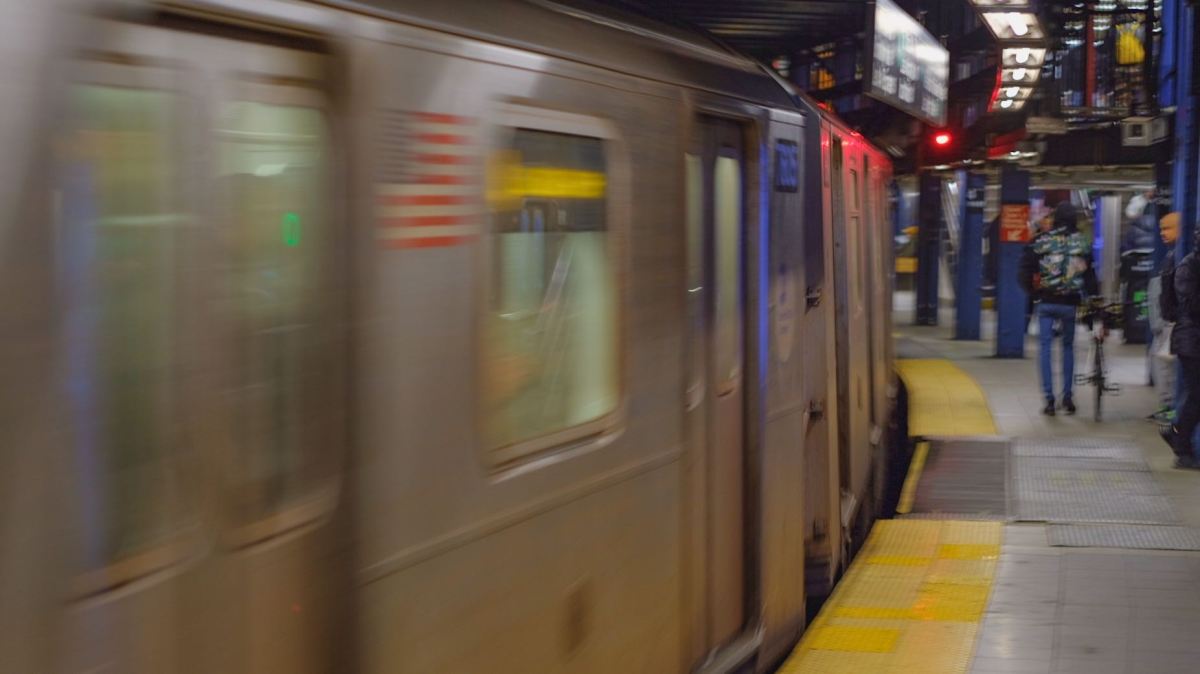If the city’s Independent Budget Office is correct, the MTA is staged to lose $970 million from fare revenue alone in 2020, but the timeline for the overall period of loss may seem optimistic compared to other projections.
In a report released Sunday, the IBO claimed that this will be the figure if ridership does not bounce back by June. The MTA said earlier in March that $4 billion would be needed to bridge the gap if the COVID-19 epidemic continued over a six month period, also referred to as the greatest “liquidity crisis” in the agency’s history by the MTA Chair Pat Foye.
“As the IBO should know, the full impact and duration of the pandemic is still unknown,” an MTA Spokesman said. “This report, which is limited in scope and includes extremely optimistic ridership projections, does not account for significant revenue losses on the Long Island Rail Road, Metro-North, and Bridges and Tunnels as well as the expected collapse of more than $6 billion in state and local tax revenue dedicated to MTA. We are monitoring the situation closely and will continue to work with our state, local and federal partners to ensure the MTA has the funds it needs to manage through this crisis.”
The $970 million accounts for about 21% of the MTA’s fare revenue from subways and buses, the IBO said. What the report leaves out is revenue from commuter lines such as Long Island Rail Road and Metro-North Railroad. Tax revenue is also not the object of the report comes in the form of the real estate transfer taxes, payroll mobility tax, petroleum business taxes; all of which are expected to not pay out as usual for the MTA, and agency spokesman said.
Mentioned in the report but not detailed is toll revenue collected from vehicles operated by the MTA Bridges and Tunnels.
The MTA sent up an urgent plea to Washington D.C. calling on Congress to provide $4 billion in bailout funds to prevent the agency from having to dip into its $51 billion 2020-2024 capital plan which aims to modernize the subway and bus system. The feds approved $3.8 billion in stimulus funds for the MTA in the face of the coronavirus epidemic.
A 31-year veteran of the Federal Transit Administration Region 2 New York Office, Larry Penner, also said the assessment by the IBO was overly-optimistic. With other industries, such as professional sports also needing time to bounce back from coronavirus, Penner believes the MTA may need until 2021 to recoup their ridership numbers.
“Let’s assume we reach the peak for coronavirus before the end of April. This would be the peak for all of the MTA service area including. NYC, Long Island, and Hudson Valley,” Penner said. “Many people working from home or telecommuting may want to continue for some time. Many women who are pregnant will not want to return to work, but rather work from home. Nobody can predict how many small and medium-sized businesses will not reopen.”
Nobody can predict how many jobs may be permanently lost or how many companies restructure and lay off employees
But even if the information does not present anything particularly new, it is not without some nuance.
Not only is ridership tanking, but it is mainly tanking at the major hubs such as 34th Street-Penn Station, Grand Central- 42nd Street and Fulton Street-Manhattan, among others. Penn Station alone is down nearly 900,000 swipes per week.
Stations near the end of the line, however, have not seen as steep a loss in ridership. Sutter Avenue on the L or Rockaway Park Beach-116th Street on the A has seen a decline of 65%.


































